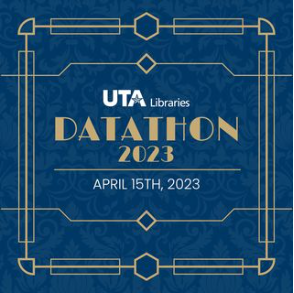Challenges developed by Dr. Chengkai Li
Claim Check-worthiness Annotation You will be shown sentences from the United States presidential debates. Given each sentence, your task is to determine whether the general public will be interested in knowing whether (part of) the sentence is true or false. More specifically, you are asked to discern whether the sentence contains an important factual claim, an unimportant factual claim or no factual claim.
Claim Matching Annotation You will be shown pairs of factual claims. In each pair, the claim on the left is fact-checked by PolitiFact between September 01, 2007 and October 21, 2020, and the claim on the right is from a candidate during 2012, 2016, and 2020 U.S. Primary and General Elections debates. Besides the claims, we also provide various contextual information, such as the claimant, the ruling and analysis of the claim from PolitiFact, the dialogs before and after the claim in a debate, and so on. Given such a pair of claims, your task is to decide to what extent can the PolitiFact fact-check (left) help vet the claim from the debate (right).
Truthfulness Stance Annotation You will be shown a tweet-claim pair. In each pair, the claim on the left is fact-checked by PolitiFact, and the tweet on the right is displayed as it would appear on Twitter. Your task is to decide the truthfulness stance of the tweet towards the factual claim, i.e., whether the tweet believes the factual claim is true or false.
Claim Check-worthiness Annotation You will be shown sentences from the United States presidential debates. Given each sentence, your task is to determine whether the general public will be interested in knowing whether (part of) the sentence is true or false. More specifically, you are asked to discern whether the sentence contains an important factual claim, an unimportant factual claim or no factual claim.
Claim Matching Annotation You will be shown pairs of factual claims. In each pair, the claim on the left is fact-checked by PolitiFact between September 01, 2007 and October 21, 2020, and the claim on the right is from a candidate during 2012, 2016, and 2020 U.S. Primary and General Elections debates. Besides the claims, we also provide various contextual information, such as the claimant, the ruling and analysis of the claim from PolitiFact, the dialogs before and after the claim in a debate, and so on. Given such a pair of claims, your task is to decide to what extent can the PolitiFact fact-check (left) help vet the claim from the debate (right).
Truthfulness Stance Annotation You will be shown a tweet-claim pair. In each pair, the claim on the left is fact-checked by PolitiFact, and the tweet on the right is displayed as it would appear on Twitter. Your task is to decide the truthfulness stance of the tweet towards the factual claim, i.e., whether the tweet believes the factual claim is true or false.

